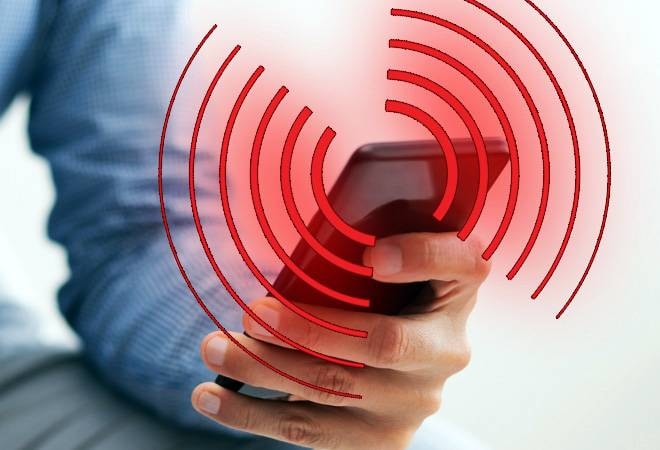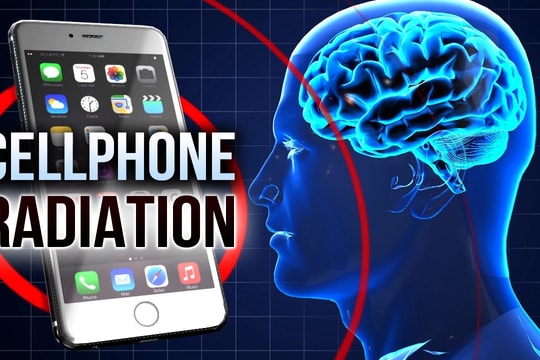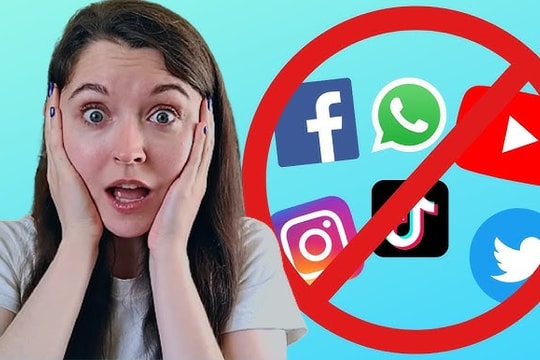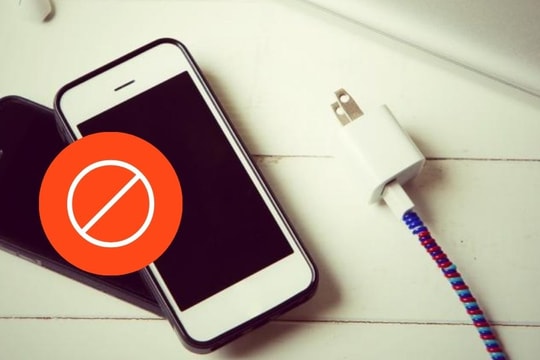Does the iPhone really emit radiation that is harmful to health?
Many users are concerned that prolonged use of the iPhone can expose the body to dangerous levels of radiation. But is there any scientific basis for this, or is it just a common misconception about radio waves?
Like all smartphones, the iPhone uses radio frequency (RF) waves to transmit data, make calls, and connect to cell towers. RF waves are in the same family as microwaves and FM radio waves, meaning they are a form of non-ionizing radiation, which is completely different from ionizing radiation (like X-rays or gamma rays) that can damage DNA and cause cancer.

Non-ionizing radiation can cause thermal effects at very high intensities (such as those found in microwave ovens), but the RF waves emitted by cell phones are thousands of times weaker than that. In other words, their energy is not strong enough to harm cells or biological tissues in the body.
What do scientific bodies say about cell phone radiation?
According to the US Federal Communications Commission (FCC) and the US Food and Drug Administration (FDA), there is currently no valid scientific evidence proving that using mobile phones, including iPhones, can cause cancer or other diseases.
In a public report, the FDA stated: “Based on available research, there is no evidence that exposure to radiofrequency energy from cell phones at acceptable levels can lead to serious health problems.”
The agency also affirmed that the exposure limits set by the FCC include a large safety margin, enough to protect all subjects, including young children, the elderly and people with underlying medical conditions.
In fact, more than 25 years of international research with hundreds of scientific works have yet to find any clear link between RF radiation from phones and diseases such as brain cancer, memory loss or sleep disorders.
Specific Absorption Rate (SAR): The Important Number to Know
To assess safety, regulatory agencies use the Specific Absorption Rate (SAR) index, which represents the amount of RF energy absorbed by the body when exposed to a mobile device. The unit of measurement for SAR is Watt per kilogram (W/kg).

There are two exposure scenarios examined:
- SAR at the head: when you make a call, the phone is placed near your ear.
- Body SAR: when the phone is in a pocket, shirt pocket or placed close to the body.
The SAR limit set by the FCC for the US market is 1.6 W/kg (averaged over 1 gram of tissue), while the European Union (EU) applies a limit of 2 W/kg (over 10 grams of tissue).
According to Apple's public data, no modern iPhone model exceeds this limit.
Specifically, the iPhone 17 series has a head SAR level of 1.19 W/kg and a body SAR level of 1.49 W/kg, lower than the allowable threshold and within the safe zone according to international standards.
Compared to high-end Android phones, the iPhone's SAR value is even lower or equivalent, reflecting Apple's rigorous testing process before the product is sold globally.
Why is radiation still controversial?
Part of the concern comes from sensational news stories or isolated studies that have suggested a potential link between RF radiation and biological changes. However, those studies have either not been successfully replicated, or used exposure levels hundreds of times higher than actual exposure levels.
In fact, everyday phone use only produces very low and intermittent levels of radiation, completely different from the test environment in the closed room. Many scientists believe that the greater danger comes from usage habits, such as looking at the screen for too long, lack of sleep, or the psychological impact of social media, rather than from RF waves.
How to reduce cell phone radiation exposure
While radiation levels from iPhones are within safe limits, if you're still concerned, the FCC recommends some steps to help reduce exposure:
- Use a headset or speakerphone when talking, instead of holding the phone close to your ear.
- Text or video call instead of traditional voice calls to reduce the time you spend holding your phone close to your head.
- Do not carry your phone in your pants pocket or bra unless necessary.
- Keep a distance of at least a few centimeters between the phone and your body, especially when the device is charging or transferring data.
- Limit phone use in areas with weak signals, as the device will increase its transmission power for a more stable connection.
These simple habits not only help reduce the amount of radiation absorbed, but also protect the battery, reduce heat and prolong the life of the device.
In short, the radiation from iPhones, like all other cell phones, is not a proven health threat. With strict regulations from the FCC, FDA, and international organizations, the daily exposure levels that users receive are still within safe limits.
Instead of worrying about “invisible radiation”, users should focus on using their phones wisely, such as reducing screen time, maintaining reasonable sleep habits and balancing digital life.
Because technology is not the enemy of health, but a tool that, when used properly, can help us live more efficiently, connectedly and safely every day.






